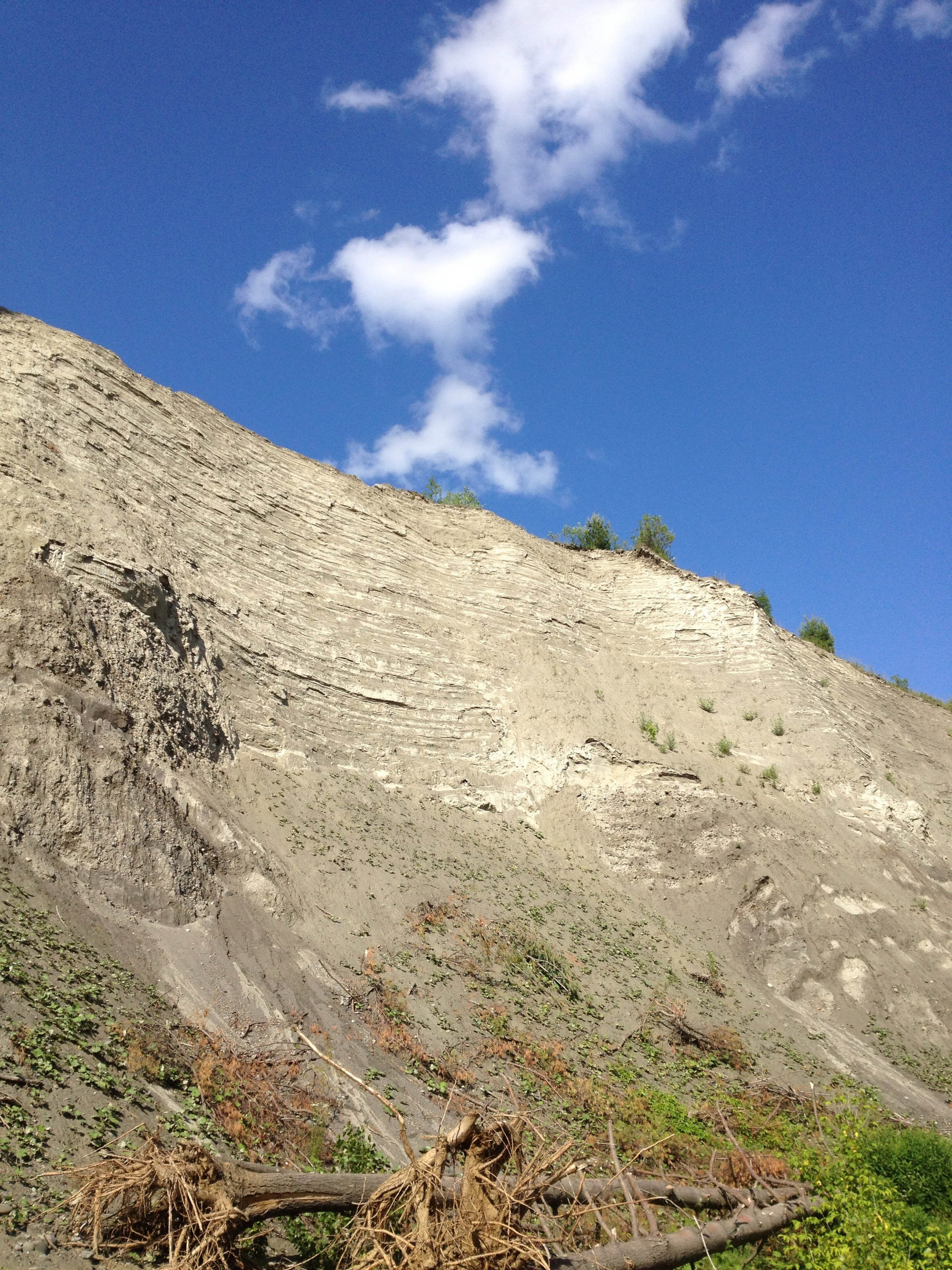Sandpits
The presence of exposed, deep, and relatively pure sand is a strong indicator of bee diversity at the site level. The ease of digging and lack of moisture retention are probably the biggest factors in the frequent dependence on sand, as both are advantageous for many ground-nesting species. Additionally, many unique flowering plants are also found at sandy sites that some species may use.
Some of these areas, especially sand plains in the Champlain Valley, have also experienced urban development. While some forms of development appear to be somewhat compatible for a number of rare bee species, the planting of lawns and other landscaping may reduce the exposed soil available for nesting bees.
Actively managed sandpits are among the most reliable places to find frequently disturbed open areas. Many rare and conservation concern species rely on these areas, including bees, tiger beetles, Bank Swallows and others. These sites are often overlooked as important habitats and may be considered unsightly and targeted for “restoration”. Additionally, sandpits have been proposed as priority sites for large scale solar development, which may be compatible with some bee species if certain management is implemented.
Given the limited number of sand deposits in the state and the high proportion of rare bees dependent on this habitat, this should be a major conservation priority in the immediate future. Bee (or other sand associate) conservation may look different than more traditional conservation, as some human mediated disturbance is probably important to maximize nest site availability and floral resources.
